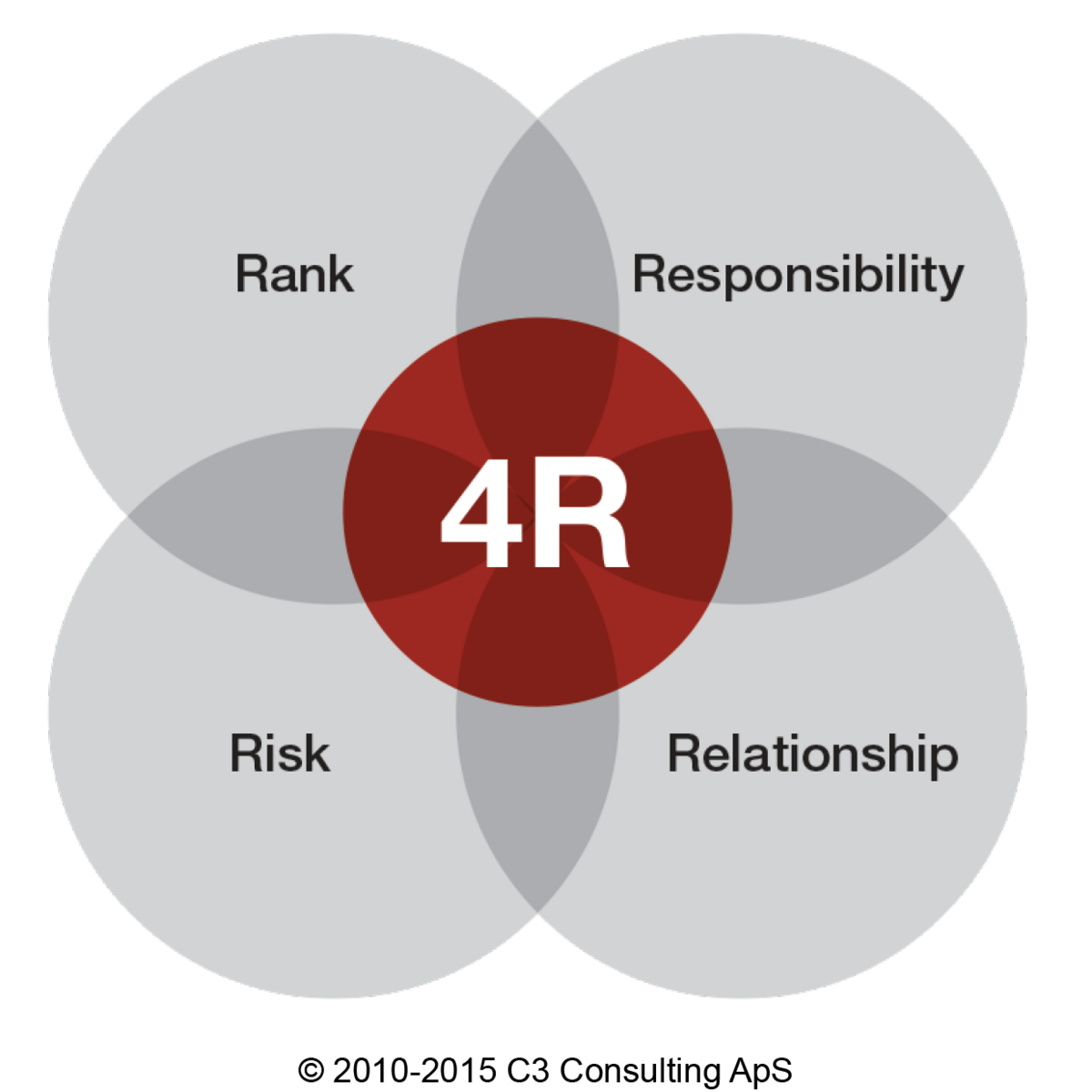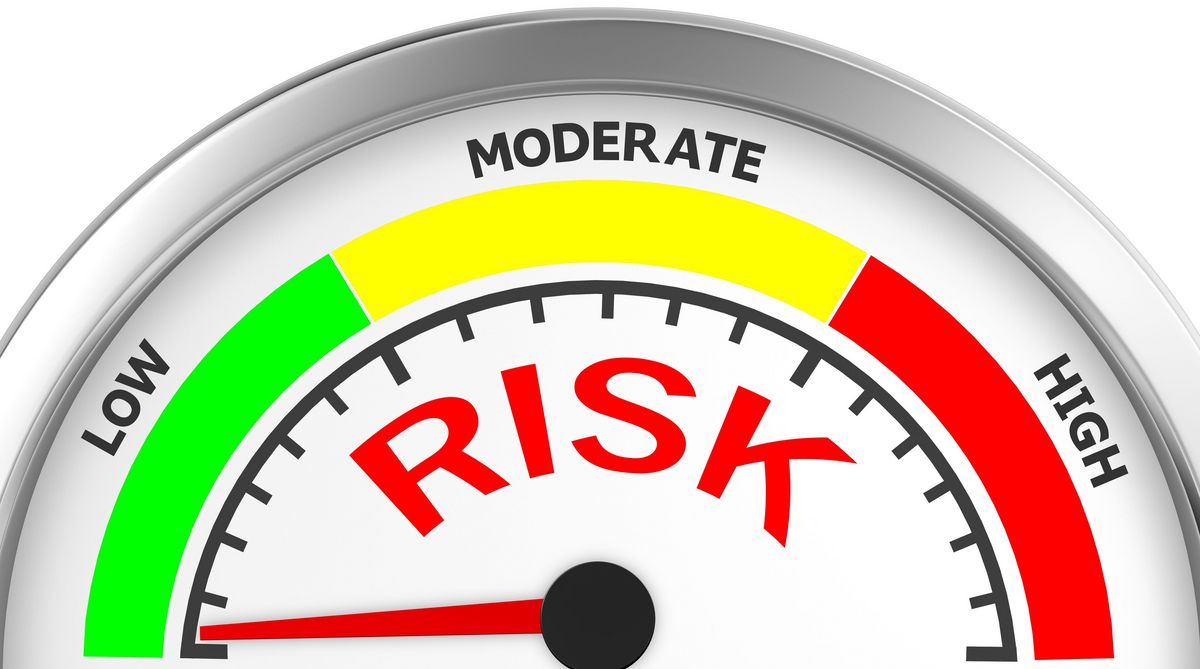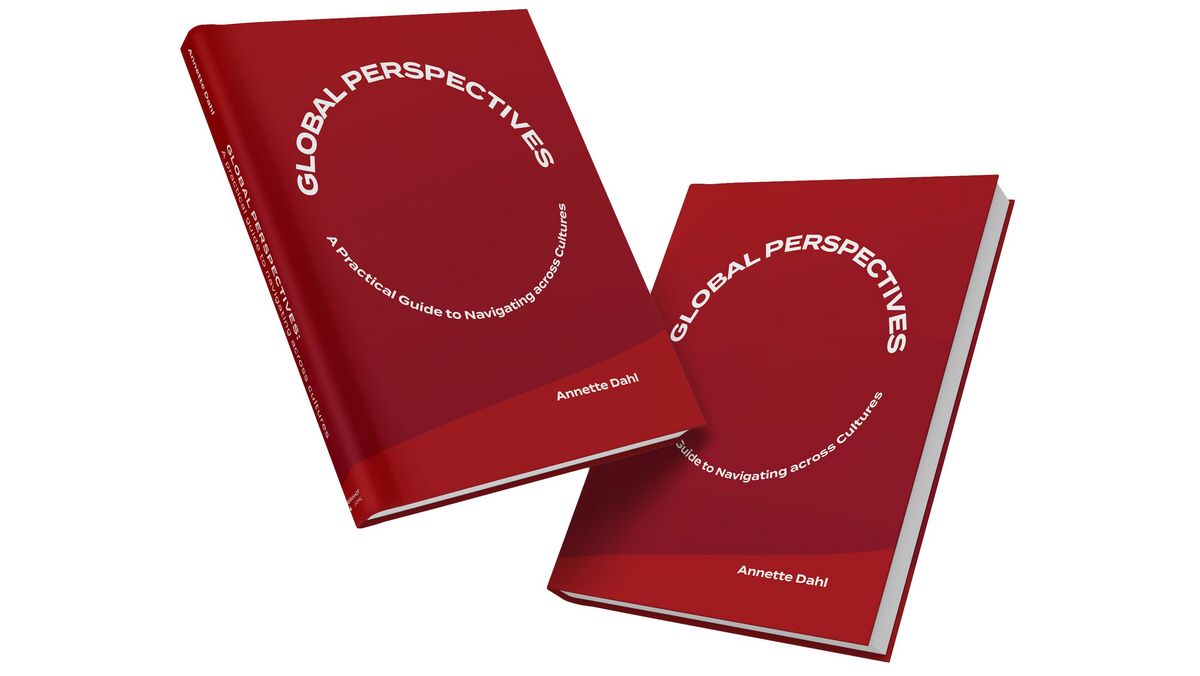Do you find it difficult to get input or clear messages from your global colleagues?
Have you ever wondered why some of your global employees contribute so little during virtual meetings?
Or have you experienced complete silence during brainstorming sessions with global teams?
If some of these situations seem familiar, you are not alone! Because these are the sorts of challenges faced by a lot of people who work globally.
Typically, the challenges are not because your global colleagues or employees have nothing to contribute. What’s missing is a framework of psychological safety that makes it comfortable for them to provide their input.
In short, psychological safety means that the more secure your colleagues or employees feel, the more likely they are to provide input, share knowledge and talk openly whenever they encounter problems or find a mistake.
Read on to find out how to create a psychologically safe environment across borders, cultures and personal preferences.
First, examine your own risk profile and that of your global counterparts

Psychological safety in the workplace is a good thing for all of us.
But what we regard as a psychologically safe framework – i.e. which situations we consider to be safe and which we consider to be high risk – can vary greatly.
It depends on what communities we live in and what cultural and personal baggage we carry around with us.
Therefore, it’s a good idea to create a risk profile for yourself and those you work with.
When creating a risk profile, you can use C3’s 4R Model, which focuses on four cultural dimensions that you need to pay particular attention to when working globally: Rank, Responsibility, Risk and Relationship. We’ll focus on Risk in this article, but if you want an introduction to all four cultural dimensions, click here.
Risk refers to the risks you have to deal with in your life. And the kind of society you live in has a lot to do with it.
So, if your colleagues or employees are based elsewhere in the world, start researching the following: Are the communities in question characterized by a higher or lower level of risk?
You can investigate this by asking a number of questions, such as:
- What’s at stake if I make a mistake at work or make a wrong decision?
- When do I risk losing my job, and what are the consequences should that happen? Would I receive unemployment benefits, or would I face being completely without income?
- Would we have to move out of our home if I lost my job?
- What if someone in my family becomes sick or I do – what are the consequences? Who pays for the medical care and hospitalization?
- Who pays for my children’s education?
- Who cares for the elderly in my family?
- Etc.
If you live in a welfare society like the Danish one, which has a strong social safety net, the level of risk – even in critical life situations – is relatively low, compared to many other societies.
If you or your family get sick in Denmark, you will not be financially ruined or have to leave your home in order to pay for treatment. You can typically disagree with the boss without losing your job. And even if you do lose your job, your future and safety and that of your family will not be fundamentally threatened. Although there is certainly stress and insecurity associated with being without work in Denmark, it typically does not have catastrophic consequences for you and your family.
In many other societies around the world, life is characterized by far higher risks, and especially as a single parent or main provider, your work situation could have an extremely significant impact on the living conditions of your entire family.
If you lose your job, the family might face being completely without income. You might lose the opportunity to send your children to a good school or pay for their further education, and you can no longer support your elderly parents. Maybe your health insurance vanishes along with the job. And if it is a country of great inequality, your family might have to move to a more ‘unsafe’ area.
If there’s a high risk associated with your work situation, you’re typically not very likely to ‘take chances’, e.g. come up with new ideas, admit to a manager that you’re pressed for time, or reveal that a mistake has been made. The risk is simply too great.
This is the source of countless misunderstandings and lack of momentum when collaborating across different risk profiles. Employees who do not take initiative and are very silent during brainstorming sessions are just a few examples!
Be aware that although it matters a great deal to your risk profile what community you live in, there may be other things at stake as well. There can be great variations within individual communities.
And there might be something in your cultural or personal baggage that makes you more or less likely to take risks at work.
So, what do you do if you realize that the risk profile of your employees or colleagues is higher than your own?
The answer is simple: You create situations with the lowest possible risk, where your employees and colleagues can safely provide input, share knowledge, open up about problems or whatever you need them to do.
Below are five tools you can use to minimize the risk and create a framework of psychological safety so that information can flow freely in your global organization!
5 tools to minimize risk and create a psychologically safe environment
1. Build relationships – and get information
You naturally create low-risk situations if you are skilled at building relationships.
A relationship-building situation, such as a business dinner, is informal. This is where you sit and chat away while eating, drinking and getting to know each other. In such situations, you can typically get a lot more information than during a more formal meeting.
This has to do with the second cultural dimension of the 4R Model: Relationship.
In many cultures and societies, good personal relationships are the foundation for mutual trust.
The more you trust each other, the less high risk it will feel for the individual employee or colleague to share information. And if you want input on more sensitive things, an informal one-to-one chat would typically be the very best setting.
2. Always remember: INFO = Big group, INPUT = Small group
If you’re planning a meeting, tell your employees and colleagues in advance what the meeting is about. It gives them better conditions to be able to prepare and feel safe because they know exactly what’s going to happen.
It’s important that you’re aware of the difference between an input meeting and an information meeting.
At an input meeting, you ask for input or feedback from the participants. At an information meeting, it’s you who provides information, e.g. from a manager to a large group of employees.
You might want to inform about a new strategy you’re working on. You’ve gathered a large group of employees together for the meeting. It’s a low-risk situation for the participants, as they only have to sit back and receive information.
During the meeting, you then encourage the employees to provide input (completely normal if you’re a typical Danish manager!). A completely innocent and natural request from your point of view.
But for your employees with higher-risk profiles than you, it makes their alarm bells ring: Now they suddenly have to provide information, even without having had the chance to prepare! They will typically find that there’s too much at stake to come up with that kind of quick input in front of a larger group, let alone in front of a boss – someone who they would prefer not to see them in a bad light.
This is when the third cultural dimension of the 4R Model, Responsibility, comes into play. Because if you come up with a proposal by yourself, then you might end up being the one responsible for it – and you would be unsure what the consequences might be for you if it is not well received.
Therefore, many employees with risk profiles at the higher end of the scale would rather do nothing than risk doing something wrong.
The result: Your request to provide input at the strategy meeting is met with a wall of silence!
If you want to turn the communication from informing to asking for input, you can reduce the risk for the individual by dividing the employees into smaller groups.
Then the employees are free to discuss their opinions in smaller groups and afterwards share – as a group – what they have talked about – as a group. It’s much less high risk when employees can say “we have discussed” or “we think” rather than “I have thought about” or “I suggest”.
So, remember: An information meeting may well be suitable for a large group, but if you want input or feedback, it’s best to do this in small groups.
And the same rule of thumb applies if you want to hold a workshop, have to train your global colleagues, need a group of employees to share knowledge, or whatever activity it may be: INFO = Big group, INPUT = Small group!
3. Use breaks actively – and create space for knowledge exchange and questions
If the meeting or workshop is too quiet, take a break.
Breaks turn a formal atmosphere into more of an informal one.
This is where you can build and nurture your relationships with your global colleagues or employees over a cup of coffee and a chit chat. At the same time, the informal situation provides a safer framework for employees to provide you with the information you need.
The break also gives employees with higher-risk profiles the opportunity to ask the questions they may not want to ask in front of the larger group at the meeting or workshop.
4. Take the boss out of the room – and create a safer setting for discussions
Now we come to the fourth and final cultural dimension of the 4R Model: Rank. This is an area where, for example, Danes often go wrong, as they’re used to a very flat management structure, where it’s okay to discuss in front of and with their boss.
As a Danish leader, you need to be aware that many of your global employees are used to a management style that is far more hierarchical than the typical Danish one.
So, even if you want to maintain your ‘Danish’ management style when working globally, expect your global employees to think it high risk to express themselves critically or perhaps even provide input directly to you.
Time and time again at input meetings the discussion stops as soon as the manager curiously walks by to listen to the employees’ input.
So even if you, as a manager, think that you can just casually ‘listen in’, be aware that your presence might actually be blocking useful discussion. If so, leave the room to give your employees a safer framework for their conversation.
5. Communication: Repeat, repeat, repeat
If you provide information at a meeting or are in charge of training your colleagues, then you may want to end by asking if anyone has any questions.
If your colleagues have risk profiles at the higher end of the scale, you are likely to be met with silence.
"Great, it looks like everyone’s got it," you will think.
But you cannot be so sure. Because your colleagues might think it high risk to ask and therefore reveal that there is something they have not understood. Or they might be afraid of implying that you have not communicated things well enough.
A simple trick to make sure everyone’s caught up, is to repeat things. This is especially useful when there are language differences, and if you’re communicating in languages other than your mother tongue.
So repeat your message several times. Better to be safe than sorry! Then you give those of your colleagues who didn’t quite catch the details in the first round an extra chance to get up to speed.
Try the tools – and see the difference!
If you work globally, you will almost certainly have colleagues or employees who have a different risk profile to you. Just by being aware of it, you’re already better equipped to tackle the challenges that may arise.
The next step is to work on creating a framework of psychological safety at work.
Always remember to have the 4R Model at hand. Because in addition to the five tools we’ve looked at here, there are plenty of other ways you can create low-risk situations. And when you become proficient at using the 4R Model, you can quickly make refinements yourself in the areas of Rank, Responsibility and Relationship and thereby create lower Risk.
Give it a try and see how low-risk situations can create momentum, provide you with important information and strengthen your relationships!
If you try any of the five tools – or have other experience of how to create a psychologically safe environment – then I would love to hear about it! Send me an email at ad@c3consulting.dk.
I look forward to hearing from you!
Annette Dahl, CEO and Chief Trainer at C3 Consulting
P.S. If you’d like to know more about psychological safety in general, I can recommend Amy Edmondson’s book The Fearless Organization: Creating Psychological Safety in the Workplace for Learning, Innovation, and Growth, 2018, John Wiley & Sons.
Do you want to know more about how to create a framework of psychological safety in your global work?
- Read about our wide range of intercultural training courses
- Contact us – and let's talk about how we can put together a training programme for you
- Follow us on LinkedIn – and sign up for our newsletter using the form below


